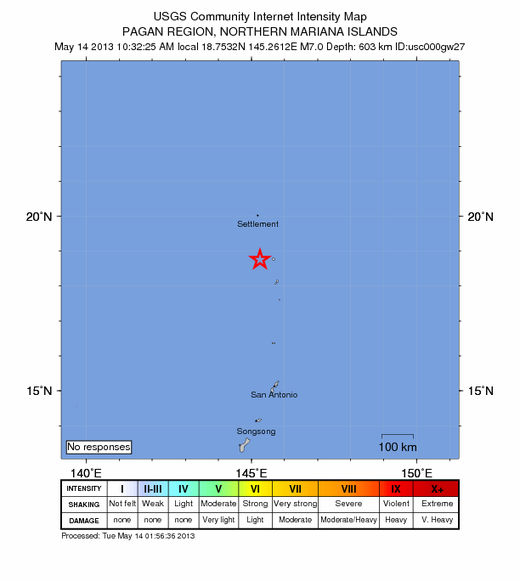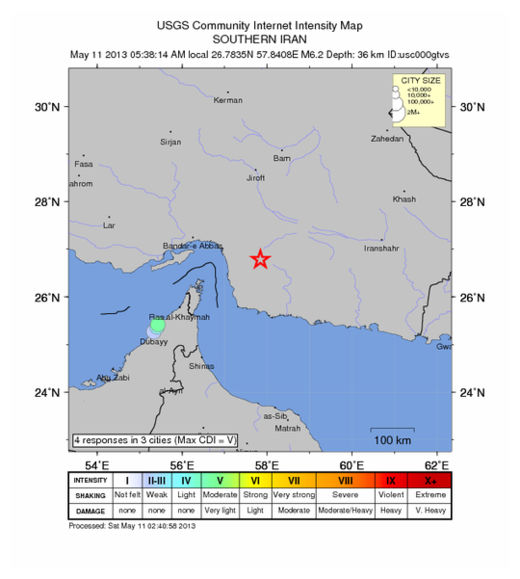
In 1972, a powerful earthquake devastated Nicaragua's capital, Managua, setting off a chain reaction of public discontent that eventually led to the ousting of the notoriously corrupt Somoza dynasty. For the Nicaraguan people, President Somoza's squandering of international emergency aid following the earthquake was the last straw in a series of blatantly corrupt moves that showed little regard for their wellbeing.
The second instance occurred in September 1978 in Iran, when a 7.7 magnitude earthquake killed more than 26,000 near the eastern city of Tabas. The dismal response of the equally corrupt shah pushed Iran's already bubbling popular uprising to a boiling point, one month after the CIA made its historically erroneous assessment that the country was "not in a revolutionary or even pre-revolutionary situation."
As the Somozas and the shah can attest from their resting place in history's dustbin, earthquakes are much more than nature's most destructive physical force.











Comment: Author Daniel Nisman is the Middle East section intelligence director at Max Security Solutions, a geo-political and security risk consulting firm.
And then we have this:
A Haiti Disaster Relief Scenario was envisaged by the U.S. Military one day before the earthquake
The Militarization of Emergency Aid to Haiti: Is it a humanitarian operation or an invasion?